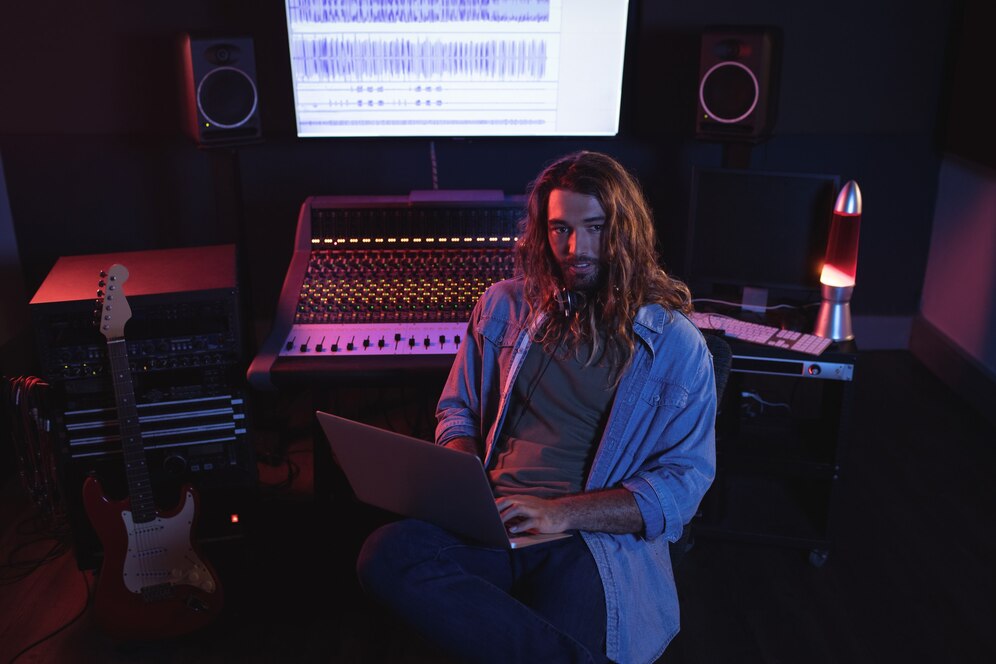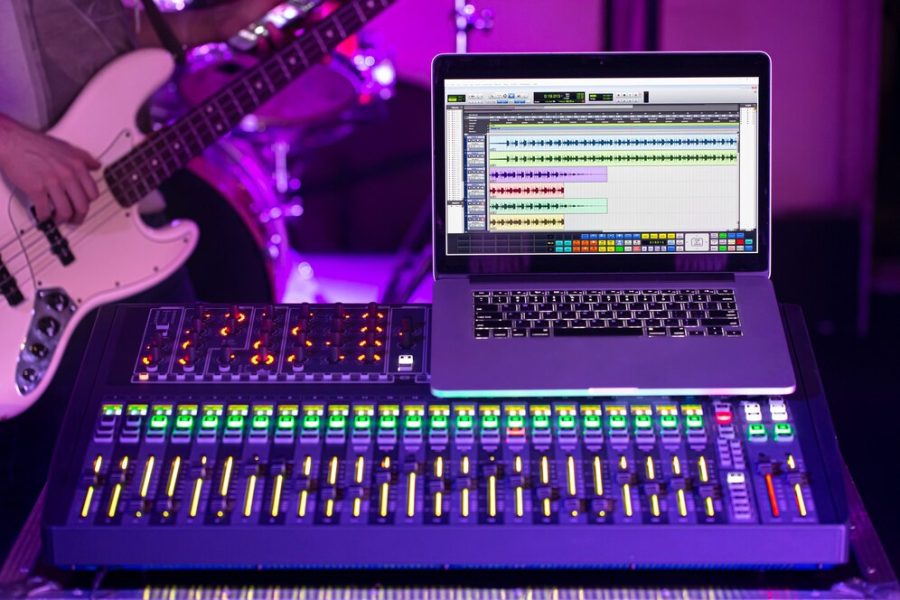If you’re a musician or producer dabbling in DIY mastering, understanding the pros and cons of audio engineering from your home studio is essential. Let’s set out on this sonic journey, guiding you through every step in our comprehensive guide to home recording mastery.
The Essentials of DIY Mastering: Understanding Pros and Cons
Step 1: DIY Audio Editing and Sound Optimization
DIY audio editing and sound optimization have become far more attainable with advancements in modern software. On the upside, it affords you unprecedented command over your music, allowing for total creative freedom in execution. However, mastering these skills takes ample time and dedication, making it a steep learning curve for some.
Step 2: Mixing Techniques in Self Mastering
Being knowledgeable in mixing techniques is essential when embarking on your self mastering voyage. High quality mixing is the science of harmonious balance in a stereo mix. You’ll handle every frequency,from the low end to the high end, ensuring your mix sounds well-rounded. However, it may be a challenging task, as it demands a thorough understanding of sound frequency distribution.
DIY Mastering: A Comprehensive Guide to Audio Engineering at Home
Step 3: Using Online Mastering Tools for Sound Optimization
With aspiring musicians cropping up daily, there is burgeoning demand for Online Mastering Tools. Services such as Avid Pro Tools and iZotope provide impressive functionality at a lower cost than traditional recording studio services. They offer DIY music production a professional touch. Be wary, though; hastily chosen software may be a trap—disguised by flashy interfaces but lacking the desired depth of capabilities.
Step 4: Self-Produced Music: Independent Artist Tips and Techniques
As an indie artist, self-produced music is your pathway to creative freedom. High-quality DIY music mixing will make your tracks stand out. Being able to simultaneously play the roles of musician, producer, and engineer is vital. Remember, don’t over-edit. Always trust your ears because our perception tends to get distorted when we listen to the same thing repeatedly for too long.
Mastering Techniques for the Home Studio: Prosumer Audio Gear Review
Step 5: Choosing the Best DIY Mastering Software
Among affordable mastering solutions, selecting the best DIY mastering software proves challenging. Criteria to examine include built-in effects plugins, the ability to provide a final stereo mix, and the quality of time-stretching capabilities. Further, your chosen software should arguably provide a high quality of digital audio.
Step 6: Exploring Affordable Mastering Solutions
Not every recording studio delivers master-quality audio. Nevertheless, we can certainly achieve studio quality at home with the right tools and effort. Affordable mastering solutions abound today, offering plugins like EQ, reverb, and compression to give your music that professional touch. But remember, having expensive tools won’t create great music by themselves; you will need skills, knowledge, and dedication.
DIY Audio Enhancement: Achieving Studio Quality at Home
Step 7: DIY Music Mixing Techniques
Understanding DIY music mixing techniques separate amateur productions from professional ones. Managing frequencies, panning for a broad stereo field, and EQ tips are among the vital concepts to grasp. Work carefully with lower frequencies as they can make or break your mix and always remember to keep balance in mind.
Step 8: Self-Mastered Music: Tips and Tricks
Tactful mastering can make your track competitive on multiple sound systems and platforms. Remember: the key isn’t making tracks louder, but more transparent, enhancing the original mix’s strengths. And, no matter how proficient you become, always make sure you leave a decent headroom for the mastering stage to prevent clipping and distortion.

Home Recording Mastery: The path to DIY Music Industry Success
Step 9: Complete DIY Mastering Guide
Our advice? Devote time and practice before undertaking the DIY mastering guide. Learn as much as you can about mastering process and tools. It’s essential to make sure you use quality reference tracks. Study them to understand how different elements interact inside a successful professional mix.
Step 10: A Masterclass in DIY Sound Engineering with Prosumer Gear
Consider investing in prosumer audio gear, an excellent place to start for any budding sound engineer. Although you may not perceive significant differences right away, truth lies in the details. Subtle enhancements to your digital audio will yield over time, leading to that exceptional sound quality you aspire to achieve.
Budget-Friendly Mastering Solutions: Making DIY Audio Enhancements Accessible
Step 11: Mastering at Home: Affordable Audio Techniques for every Independent Artist
Apart from adding more songs to your portfolio, mastering at home increases your versatility, complementing your work as a creative individual. Being successful in DIY music production requires as many tools in your arsenal as possible, from budget-friendly mastering solutions to top-tier prosumer audio gear.
Step 12: Concluding Thoughts on DIY Self Mastering in a Home Studio
Granted, self mastering in a home studio is a time-consuming endeavor. It requires tenacity, patience, and a love for the craft at your low end music studio. Regardless, the outcome, the ability to complete your musical piece just as you intended, is undoubtedly fulfilment at its finest.

